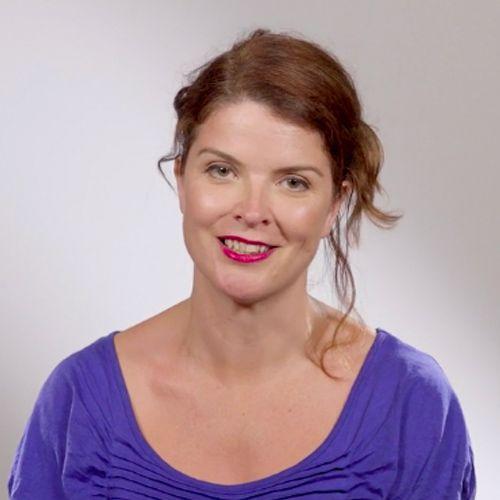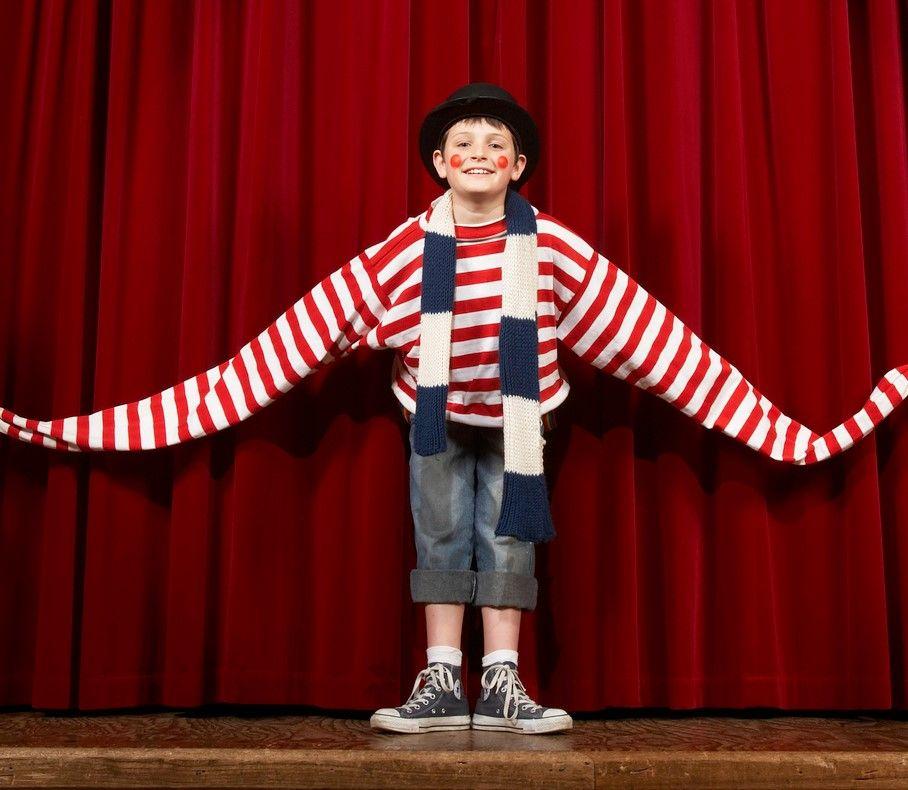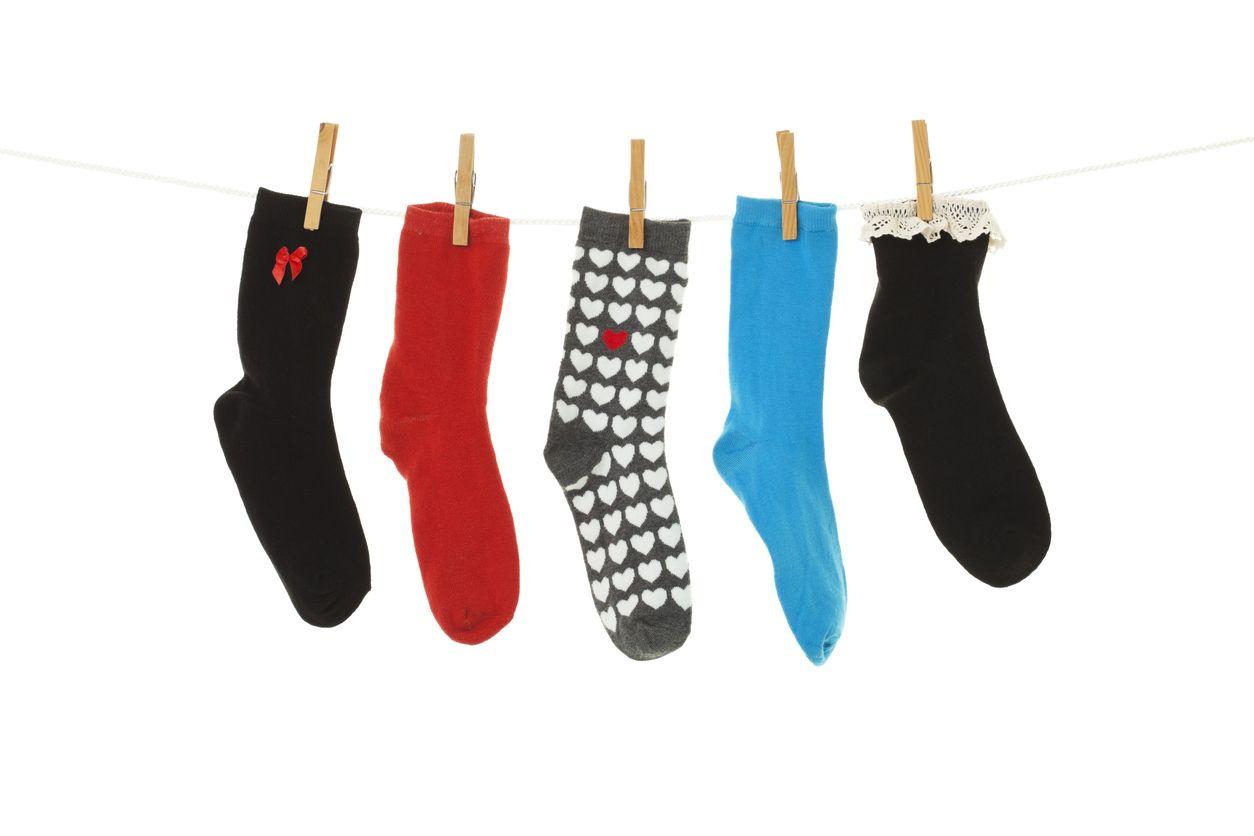Learning objective
- To understand adjectival position and agreement for gender and number.
Success criteria
- I can describe where colour words come in
This content is for subscribers only. Join for access today.
National curriculum
Languages
Pupils should be taught to:
- Listen
This content is for subscribers only. Join for access today.
Cross-curricular links
None.
This content is for subscribers only. Join for access today.
Before the lesson
This content is for subscribers only. Join for access today.
Lesson plan
Recap and recall
Play the spelling dice game. Organise the children into pairs and give each pair a dice and some paper. Display the Presentation: Spelling dice game, which shows six items of clothing each numbered from 1-6. Explain that in their pairs, the children need to throw the dice and then write down the French clothes word…
This content is for subscribers only. Join for access today.
Extended-mode explainer videos
How to extend your display to view the lesson page and preseantion mode simultaneously. Choose your operating system below to watch the video
If you need further support with extending your display,
please contact [email protected].
Extended-mode explainer video: For Mac
Extended-mode explainer video: For Windows
Adaptive teaching
Pupils needing extra support
Could work in pairs or small groups, choosing the correct adjective card and noting the different adjectival agreement endings.
Pupils working at greater depth
Could become ‘the teacher’ and take the lead in calling out phrases for children to respond to – other children verify whether responses are correct or incorrect.
This content is for subscribers only. Join for access today.
Assessing progress and understanding
Pupils with secure understanding indicated by: getting the correct form of the
This content is for subscribers only. Join for access today.
Vocabulary and translations
-
une chemise
a shirt
-
un pantalon
a pair of trousers
This content is for subscribers only. Join for access today.





